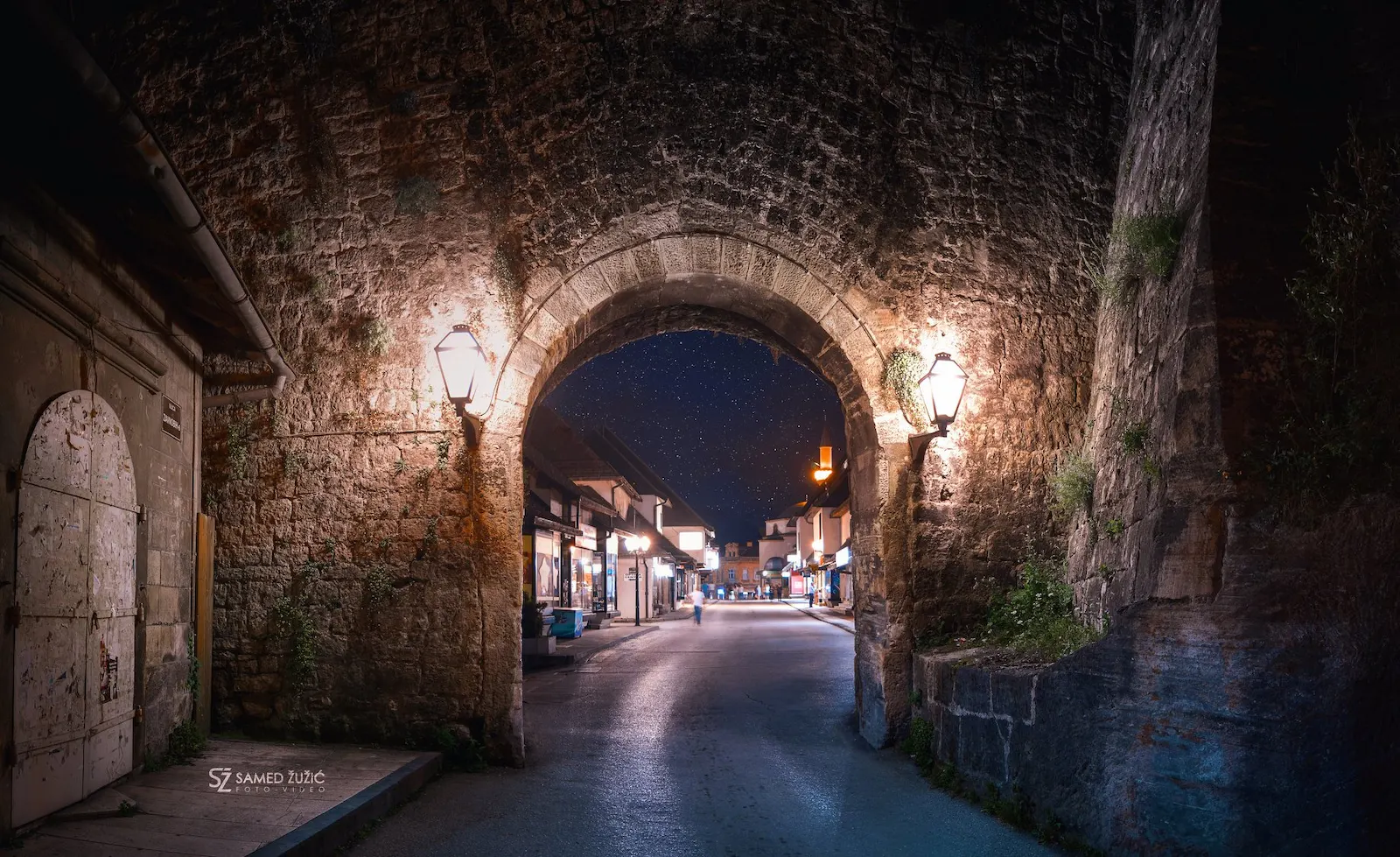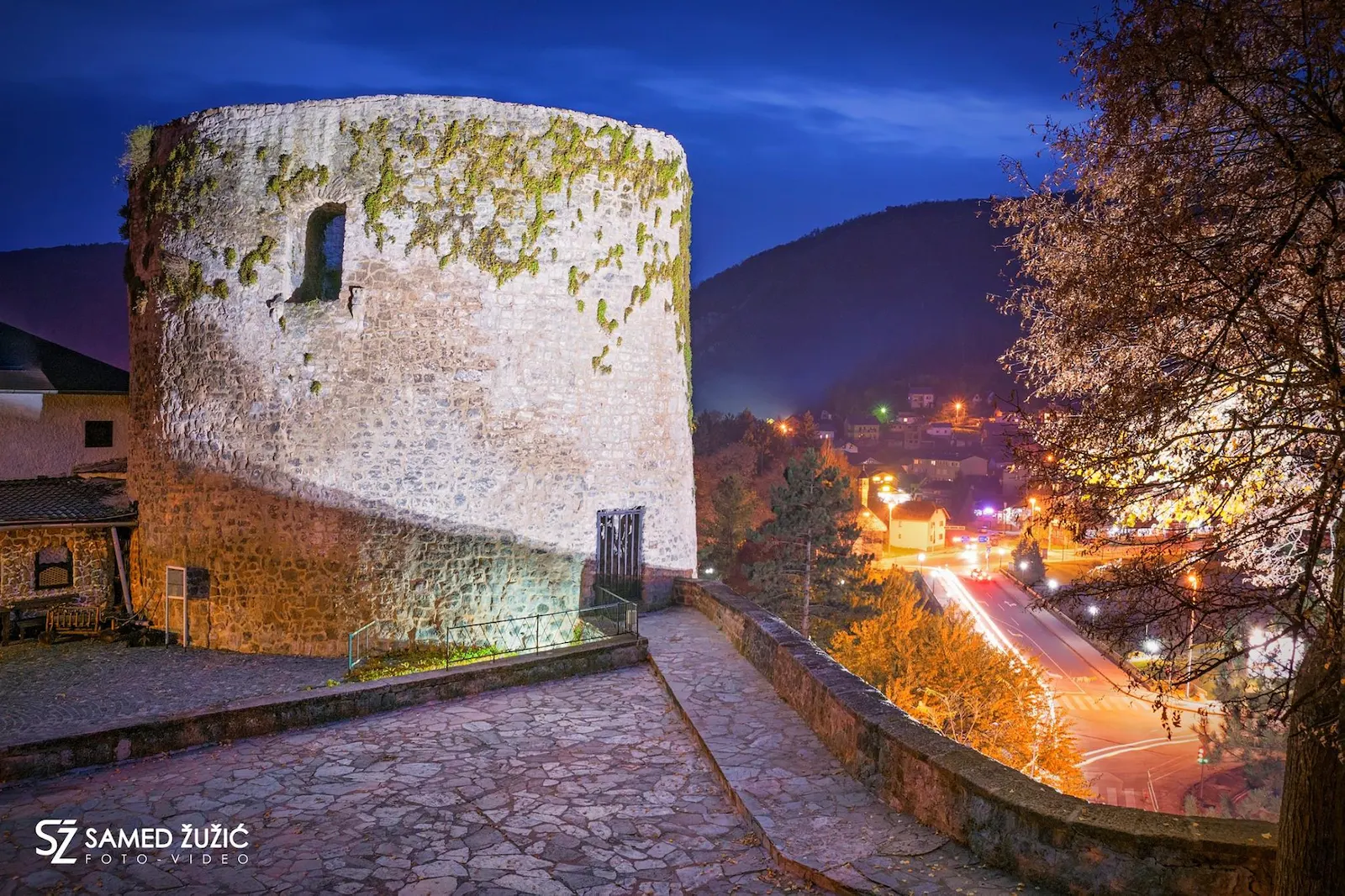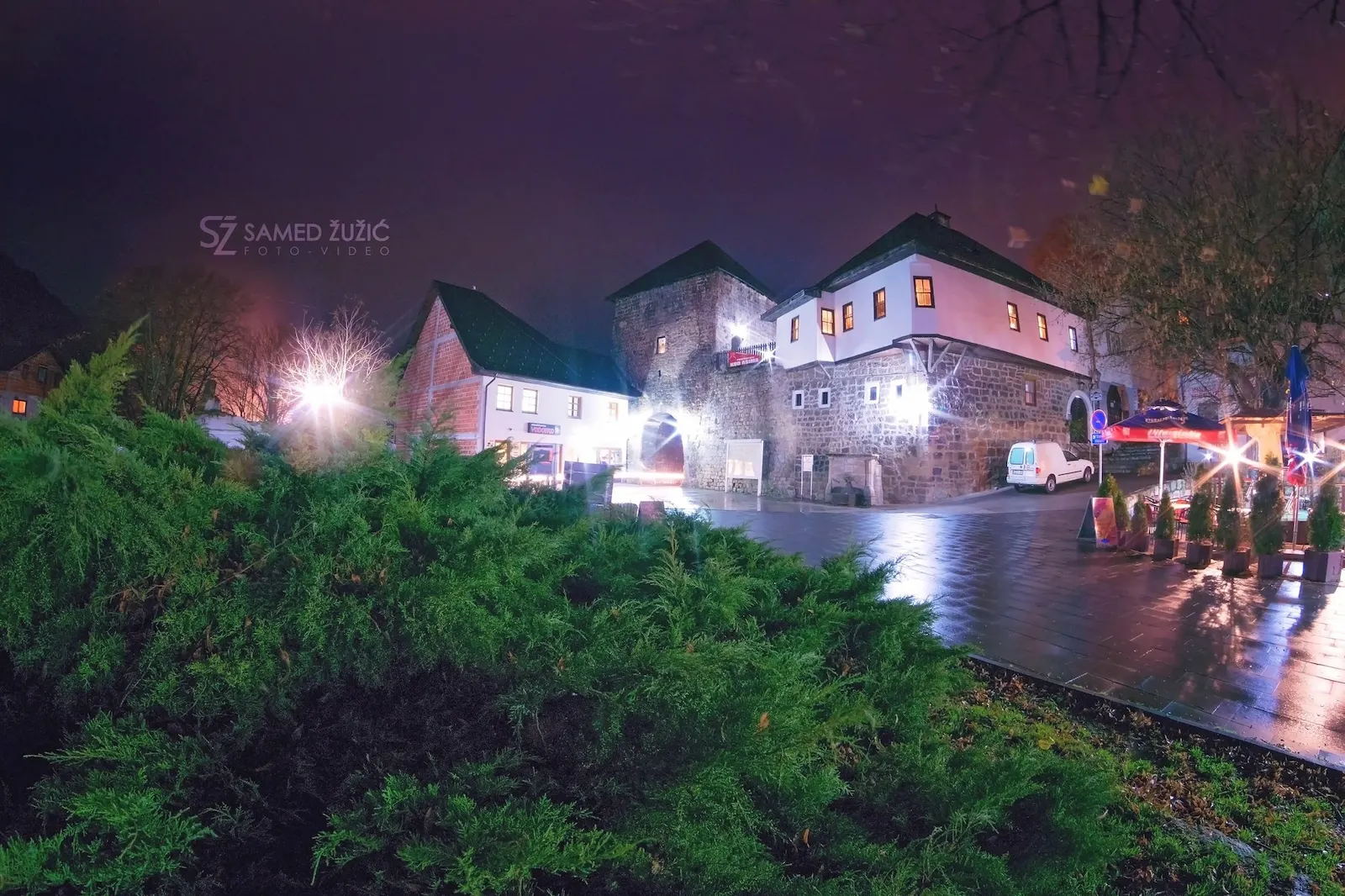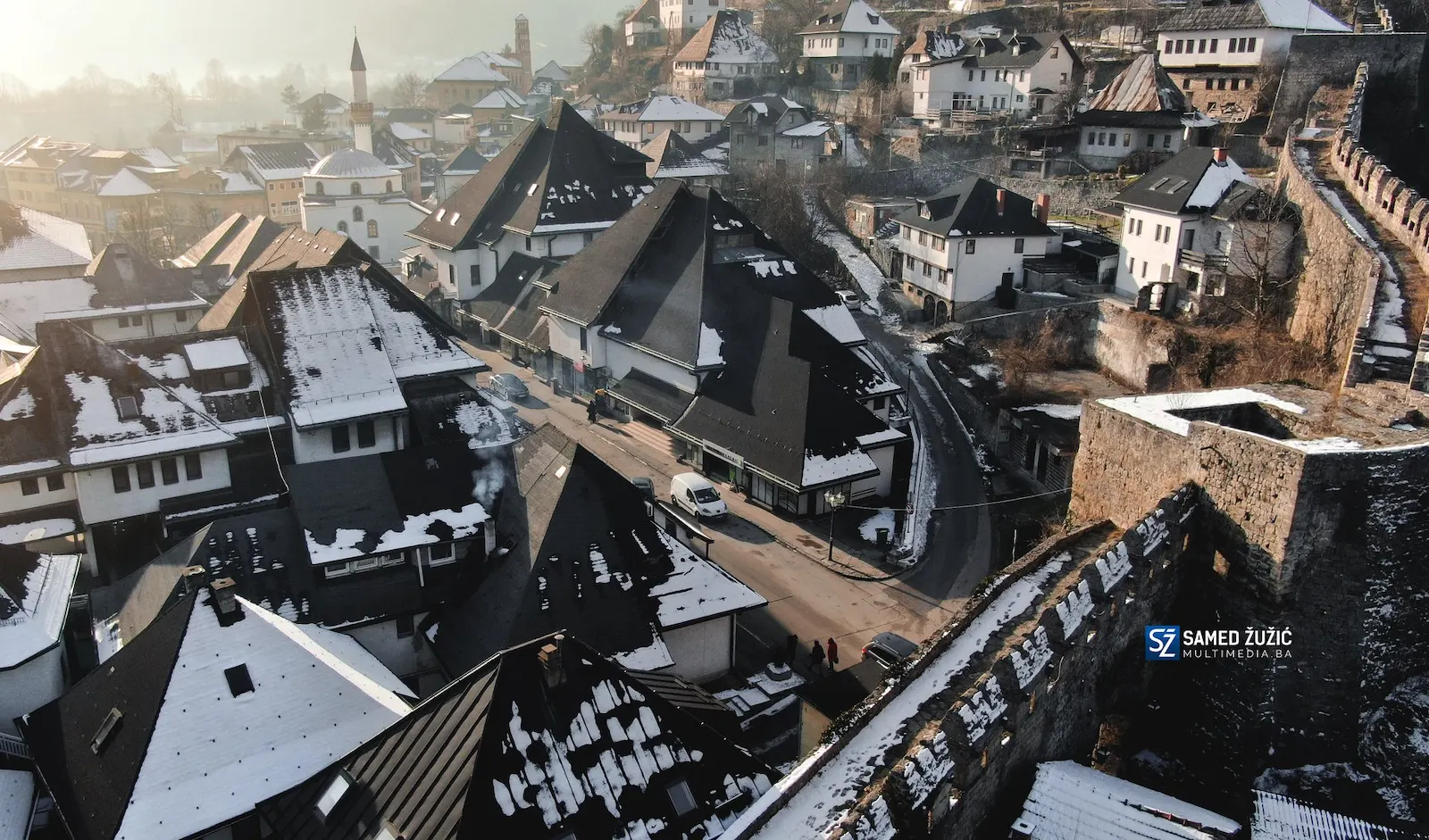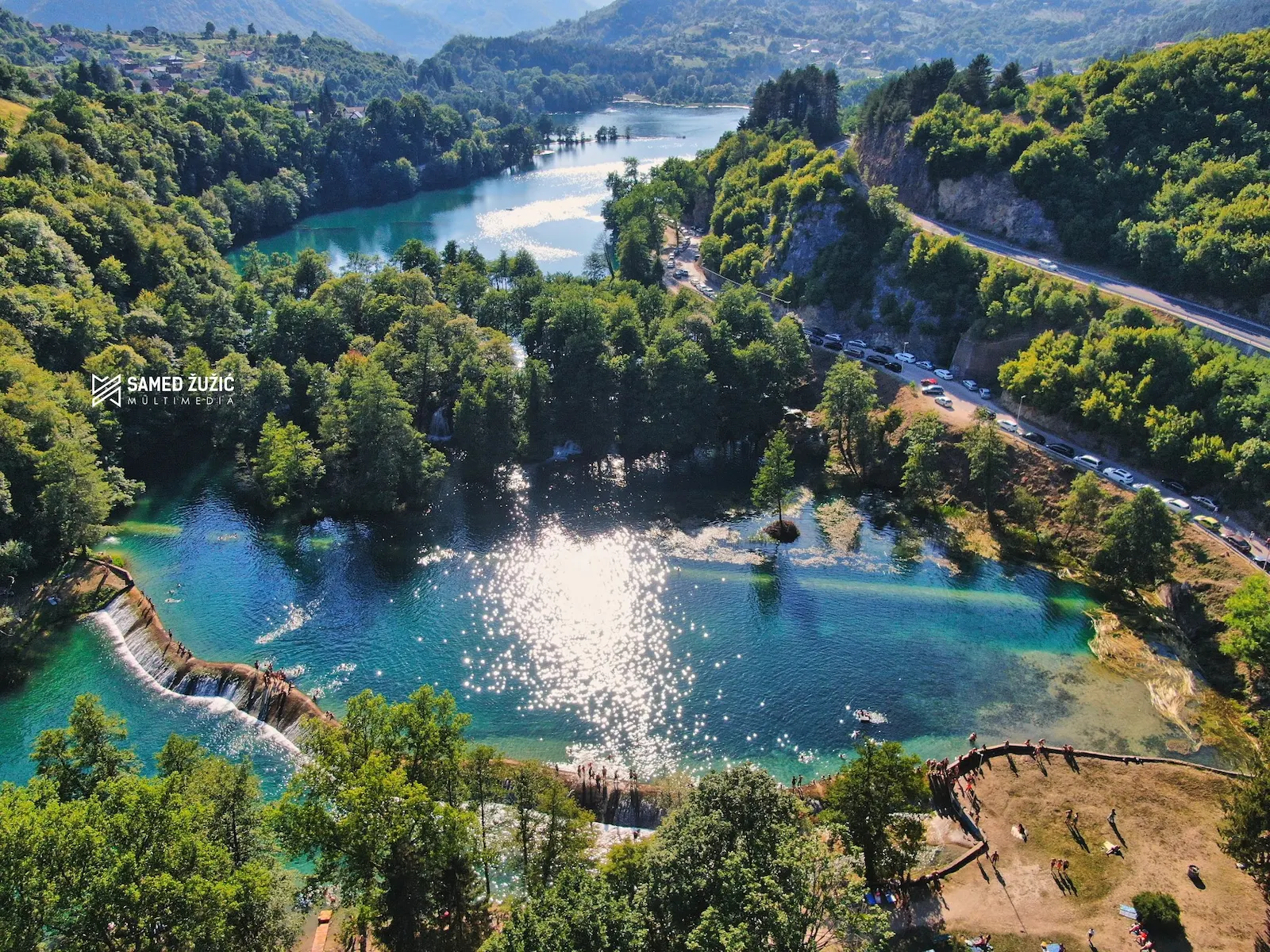About Jajce
Jajce is not only a city of exceptional natural beauty, but it is also a historical treasure with as many as 30 national monuments of Bosnia and Herzegovina. Located in the heart of the country, this city is often mentioned as one of the most beautiful in the region and the world. Its rich history and stunning nature attract numerous visitors who wish to explore its unique landmarks.
First mentioned in the 14th century, Jajce was a royal city and the site of the second session of AVNOJ. Its history dates back much further, and the city is filled with cultural and historical monuments. The town lies at the confluence of the Vrbas and Pliva rivers, with the Pliva waterfalls, which are 22 meters high, located right in the center of the city. These waterfalls are a symbol of the city, unique on a global scale, and are often ranked among the most beautiful in the world, having formed approximately 50,000 years ago.
In the vicinity of the city are the Great and Small Pliva Lakes, ideal destinations for nature lovers and active vacationers. Located in the Pliva Valley, these lakes attract numerous visitors, including kayakers. Additionally, near the lakes are 400-year-old mills on the Pliva River, built from oak and declared national monuments of Bosnia and Herzegovina. Six of these mills are still operational today, while the others have been restored as monuments of tradition.
Within the Old Town of Jajce lies a complex with significant historical attractions, such as the catacombs built on the orders of Duke Hrvoje Vukčić around 1400. These catacombs, which have served various purposes throughout history, are now an unmissable tourist attraction. Nearby is the Church of St. Mary from the 13th century and the Bear Tower, an imposing structure with thick walls that has a rich history.
Jajce is also home to the temple of the god Mithras, a Persian sun god, dating from the second to the fourth century. This monument, discovered accidentally, is one of the best-preserved Mithraic temples in Europe.
In addition to its natural beauty and ancient monuments, Jajce is known for the AVNOJ Museum, where the second session of AVNOJ was held on November 29 and 30, 1943. This museum, along with the Franciscan Museum, which houses the remains of the last Bosnian king, Stjepan Tomašević, is just part of the city’s rich cultural offerings. The Franciscan Museum is considered one of the best museums in Bosnia and Herzegovina.
With 30 national monuments, Jajce offers a rare blend of historical significance, cultural heritage, and natural beauty, making it a perfect destination for anyone looking to explore the richness of Bosnia and Herzegovina.

